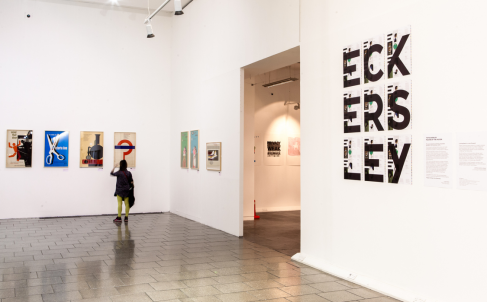Intro
Reality Television shows have taken the world of entertainment by storm in recent years. In 2000 there was nearly 4 reality television shows, by 2010 there were more than 320 reality shows () which now account to 57% of all content that can be found on your TV screens (). These numbers have increased due to the popularity of this form of entertainment with the public but raise the argument of ethics and the impact these kinds of shows have on society. One reality show this essay will focus on is Geordie Shore as it high lights many issues society is faced with. Binge drinking, sexism, drunken fights and unhealthy attitudes towards sex are all ongoing themes throughout the series. By exploiting these issues and turning them into entertainment this could encourage an easily influenced audience to behave in the same way or to not take these matters seriously. Shows such as Geordie Shore rely heavily on over exaggerated stereotypes to add to the entertainment value however, this tactic of gaining a wider audience could be viewed as potentially harmful to our culture. The inflated negative representation of the northern stereotype is clearly evident through the cast, by showing them on drunken nights out behaving outrageously. In contrast to this is another very popular reality television show ‘Made in Chelsea’ which won a BAFTA from the people’s choice category. Made in Chelsea portrays the stereotype of a rich person living in the prestigious area of London. The cast of both shows are a world apart in their behaviours. This form of over stereotyping could lead to a divide in social classes and a distorted view in people’s ideologies. It has become very easy to blame the media for what it ‘inflicts’ upon its audience and the influence it may have on them yet does the responsibility solely lie there? This essay will be dissected into three points of views from three different angles of what make the show so popular, the producer, the participant and the audience… me.



